Happy October! As National Hispanic Heritage Month draws to a close (September 15th through October 15th), we thought we’d feature a recipe and railroad story with those significant cultural ties. This month we will feature the history of traqueros, Mexican track workers in the United States, as well as huevos rancheros. To tie it to the opening of our new exhibit on women and the railroads which premiered October 1st, we will also feature Mexican women who worked as traqueros.
Before we share the recipe, let’s discuss the history of traqueros. Traqueros were Mexican track workers hired by railroads for track work in the United States. They were relied upon to fill in the void created by the Chinese Exclusion Act which passed in 1882. According to Jeffrey Marcos Garcilazo in his book Traqueros, “between 1880 and 1930, Mexican track workers constituted almost two-thirds of the track labor forces in the Southwest, Central Plains, and Midwest.”
Track work was a physically demanding job, requiring employees to work long hours in remote locations. To foster loyalty to the company, railroads encouraged entire families to come, instead of just the laborers. These families lived in boxcars provided by the railroad, with the women often being the ones transforming the boxcars into homes while the men went off to work. However, it wasn’t just the men who labored as track workers.
Women also labored alongside men as traqueros, but usually for half the pay. One woman who worked as a traquero was Nellie Quinn, actor Anthony Quinn’s mother. In 1918 she and her husband Francisco, their children, along with more members of Francisco’s family, traveled by train to Glamis, California, a Southern Pacific town, to work. In Anthony Quinn’s book The Original Sin, Nellie remembered the train ride from Mexico as an “embarrassing” journey, that included being crowded into “dirty cattle-cars” with half of the passengers being “young children, screaming and crying.” When they got to their destination, Nellie noted “they dumped us all at a siding,” with only a couple of buildings, and no town. From there, the families were directed to the boxcars—their new homes.

Figure 2 1914 Southern Pacific route map.
Francisco and his uncle were part of a crew that dwindled by the day, due to the long hours and the hot sun, until just the two of them were doing the work. They needed at least one other person to lay track and brought Nellie along. To get to the section of track they were working on, they took an hour-long trip by handcart. Nellie described: “I had thought I was just going along for the ride, but when we got there Francisco handed me some long pincers and told me to hold the spike in place while he and Glafiro hammered it into the railroad tie.” After a full day’s work, Francisco asked Nellie if she’d like to continue in that role, and she did. Looking back on her experience, she stated:
“I suppose nowadays all this sounds unbelievable. It might even sound strange, a young girl working on the railroad, but we Mexican women were used to it. We fought beside our men [in the Mexican Revolution] and found it only normal to work beside them. I loved working hard beside Francisco. When we came home at night we were both tired and hot. We understood each other’s pains. That is almost more important than sharing each other’s happiness.”
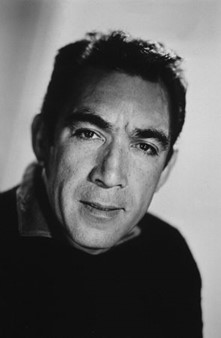
Figure 3 Anthony Quinn, author of The Original Sin.
Before we share today’s recipe, let’s talk about the history of huevos rancheros. Like many recipes, the history is a little hard to track down, but it seems to have originated as a Mexican breakfast meal served especially on ranches. The ingredients would have been readily available, and it is a hearty meal suitable for those working hard in the outdoors. Its popularity spread from Mexico into the United States, and it ultimately became a menu option on the Atchison, Topeka & Santa Fe (AT&SF).
We hope you enjoyed our brief history of traqueros and huevos rancheros. There aren’t many photos of traqueros available online, and none (at least so far) that feature women. If you or anyone you know have any of these photographs or stories, the Colorado Railroad Museum wants to hear from you! The recipe today comes from the Super Chief Cook Book of Famous Fred Harvey Recipes. As usual, if you try the recipe, let us know in the comments below or on our social media sites, and be sure to check out our new exhibit featuring 100 years of women in railroading.
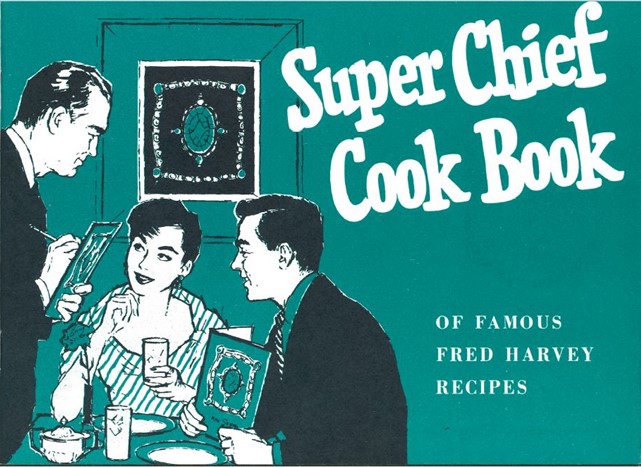
Figure 4 Super Chief Cook Book cover.
Huevos Rancheros, La Fonda
La Fonda, Santa Fe, New Mexico
Chef Konrad Allgaier
Ingredients:
1 cup pinto beans
1 tablespoon red chili powder
¼ cup water
4 tablespoons minced onion
½ to 1 teaspoon finely minced green chili pepper
2 tablespoons butter
2 eggs
1 teaspoon butter
Directions:
Wash beans, cover with cold water, and let soak overnight. In the morning, heat to boiling, reduce heat and let simmer, covered, until beans are tender 3 or 4 hours. Cool. Add red chili powder, which may be obtained from Mexican grocery store, to the cold water and let soak one hour. Sauté onion and very finely minced green chili pepper in butter very slowly until tender but not browned. Add beans which have been broken up coarsely with a fork and heat through. Add ¼ to ½ cup hot water if beans are too dry. Transfer heated beans to a well buttered shirred egg dish or individual casserole. Make two depressions in top of beans using back of tablespoon, and drop an egg in each depression. Pour 2 tablespoons soaked red chili powder over the top and dot top of eggs with butter. Bake in a moderate oven (350° F.) 20 to 25 minutes or until eggs are set sufficiently. Yield: 1 serving.
Past Dining on the Rails Posts:
Dining on the Rails September 2024: Roulade of Beef
Dining OFF the Rails August 2024: Colorado’s Gold Rush and Hardtack
Dining on the Rails July 2024: Mary Engle Pennington and Union Pacific Chicken Salad
Dining OFF the Rails: Buffalo Bill, Delmonico’s, and Quail on Toast
Dining on the Rails: Oyster Pie and Olive Dennis
Dining on the Rails: Braised Rolled Calf’s Liver En Casserole and the Denver Zephyr
Dining on the Rails: Hashed Browned Potatoes and Potato Trains
Dining on the Rails: Champagne!
Railroad Hot Chocolate!
Pumpkin Pie!
Fred Harvey Coffee and Flank Steak
Roast Leg of Mutton
Mineral Water Lemonade
Roast Spring Lamb
Fruit Salad and Fruit Salad Dressing
Union Pacific Cole Slaw with Peppers
Bourbon Toddy
Cinnamon Toast and Children’s Menus
Harvey Girl Special Little Thin Orange Pancakes
Old Fashioned Navy Bean Soup
Apple Cider
Peach Cobbler
Barbeque
Mountain Trout
Eat like a Hobo!
Mother’s Day Shirred Eggs
How about a nice Old Fashioned?
French Toast, Anyone?
A Chocolatey Valentine’s Treat!
Western Pacific Pork Tenderloin
Cranberry Sauce
Oyster Stuffing!
Chicken Pot Pie
Chili
August 2021 – Pullman “Tom Collins” Cocktail
How about a salad?
Atchison, Topeka & Santa Fe Ham!
CRI&P’s New England Boiled Dinner
A Sweet Treat for your Valentine!
Black Eyed Peas!
Eggnog
Happy Thanksgiving!
Union Pacific Apple Pie
August 2020
July 2020
June 14, 2020
June 7, 2020
May 31, 2020
May 24, 2020
May 17, 2020
May 10, 2020
May 3, 2020
April 26, 2020
April 19, 2020
April 12, 2020
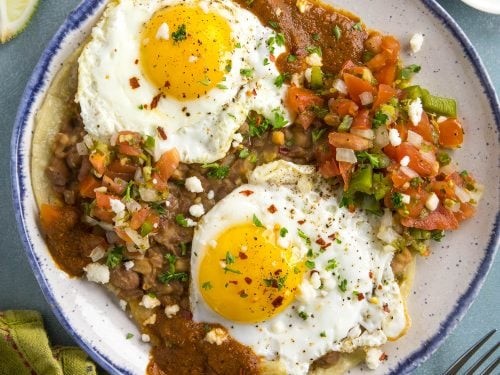
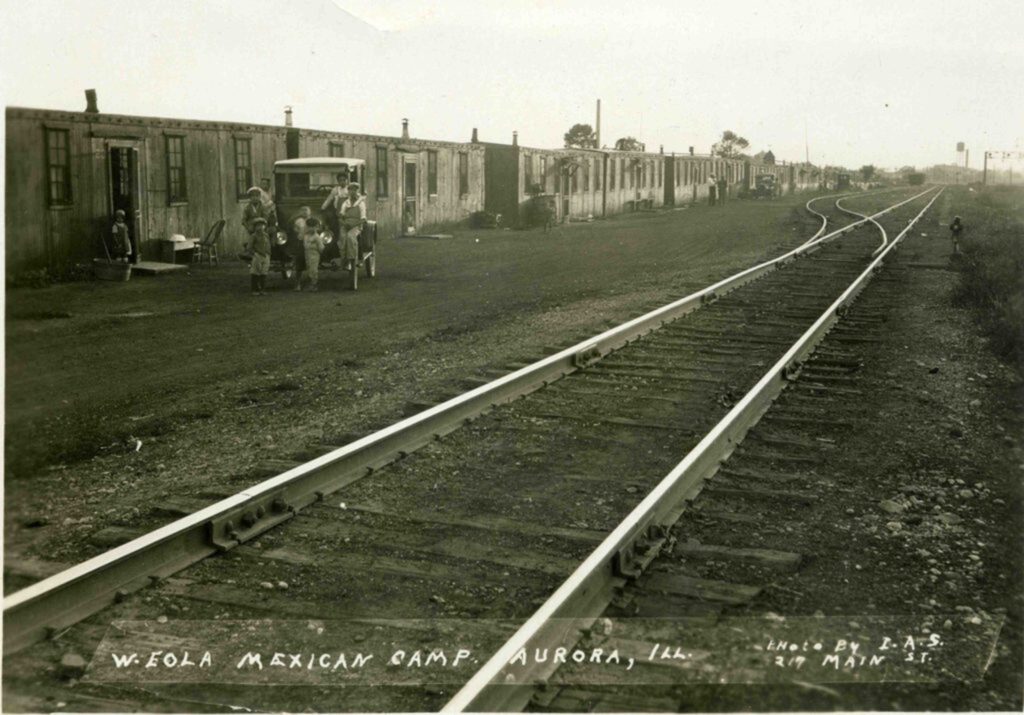
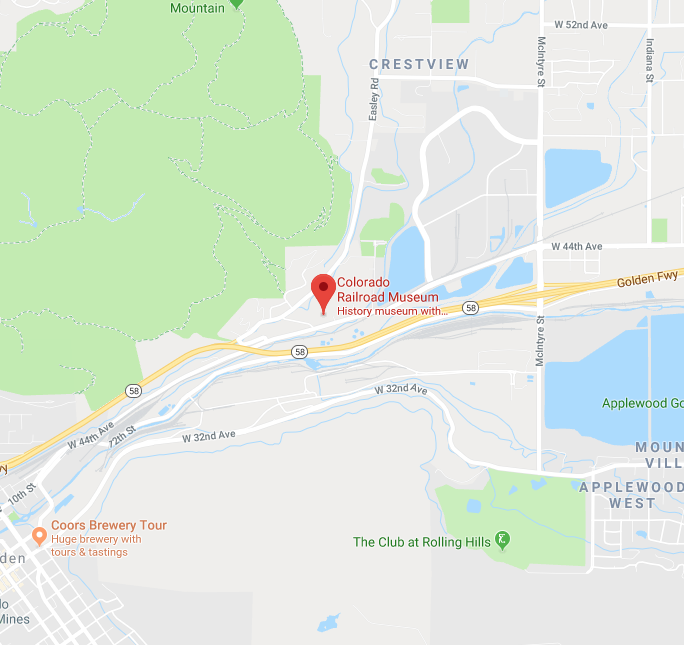


0 Comments